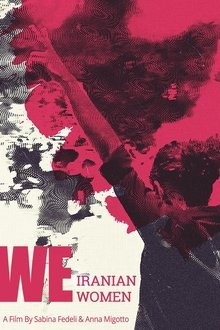The collective of antipatriarchal men is a political organization that, since 2010, organizes spaces of group self-reflection to problematize the role of masculinity for those who identify as and/or are read as men. This documentary was filmed around one of their yearly regional forums.
Related Movies

The Beauty President (2021)
In 1992, at the height of the AIDS pandemic, activist Terence Alan Smith made a historic bid for president of the United States as his drag queen persona Joan Jett Blakk. Today, Smith reflects back on his seminal civil rights campaign and its place in American history.
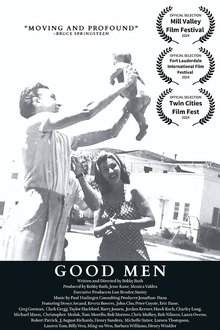
Good Men (2024)
After the birth of his grandson, Bobby Roth undertakes a cinematic investigation as to what constitutes being a "good man" in today's world. This voyage of discovery leads him to interview more than fifty of his friends, both men and women who he considers to be "good people," about their views on everything from how they were parented to their thoughts on feminism, change, and regrets they might have. Their answers both surprises and enlighten both the viewers and Bobby, himself.
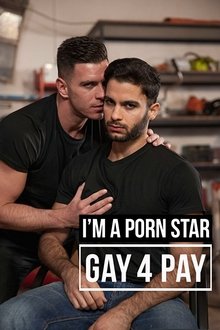
I'm a Porn Star: Gay 4 Pay (2016)
Welcome to the curious, surprising and always outspoken world of straight men who go Gay4Pay. Curiously, there is a disproportionate percentage of men working in gay porn who identify as straight. Why would a straight man do gay porn? What motivates him to try this or make a career of it? Why is there such keen interest and debate into the sexuality and personal lives of these men? And what does it say about us, the viewer that so much of gay porn is dominated by images of straight men?
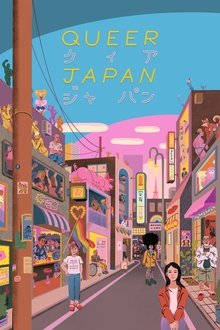
Queer Japan (2020)
Trailblazing artists, activists, and everyday people from across the spectrum of gender and sexuality defy social norms and dare to live unconventional lives in this kaleidoscopic view of LGBTQ+ culture in contemporary Japan.

Slave Trade in the World Today (1964)
The film documents modern slave trade through a number of African countries, under dictatorship rule. The filming was conducted both in public places, and sometimes with the use of hidden cameras, for high impact scenes of nudity, sex, and violence - and a few surprises, as slaves made out of peregrins to Asia, and slave traders paid in traveller checks.
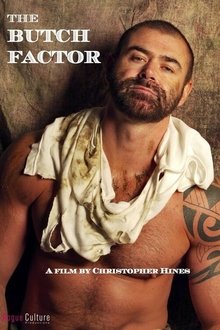
The Butch Factor (2009)
What does mean to be gay and be a man? There's no straight answer for sure. From the Castro culture of the 1970s to today’s Bears and gym rats, this fascinating investigation of gay men and sexuality blows the lid off old stereotypes and showcases a battalion of interviewees including muscle men, rodeo riders, rugby players and cops. The men speak candidly on topics from homophobia to metrosexuality to embracing effeminacy as they reveal what it means to be a gay man in America today.
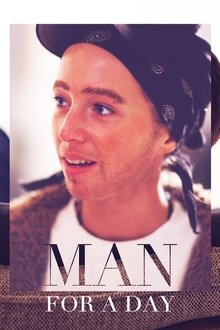
Man for a Day (2012)
Gender activist Diane Torr’s worldwide appearances and workshops are now legendary. For the past thirty years, the main focus of this performance artist’s work has been an exploration of the theoretical, artistic as well as the practical aspects of gender identity. Katarina Peters’ documentary observes a Diane Torr workshop in Berlin in which a group of open-minded women come together to discover the secrets of masculinity. What makes a man a man and a woman a woman? Precisely when and where is gender identity formatted? How much is nature and how much nurture? Each of Torr’s workshops represents an open-ended laboratory experiment in social behaviour in which the question is posed: is it possible to deliberately play out different roles and create a space in which to transgress both masculine and feminine characteristics?
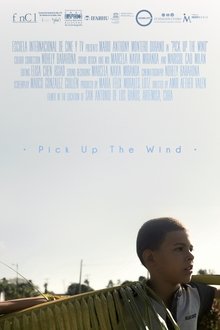
Pick up the Wind (2021)
A short film following Anthony, a young child from the small, rural town of San Antonio de los Baños, Cuba. We see him in different moments of his daily life as he interacts with different forms of environmental, familial, and social influences. While Anthony displays contradictory traits of creativity, destruction, rigidity, and tenderness as he interacts with his external and internal worlds, we see a story built from the the multidimensionality of Anthony's layered personality as a young man.
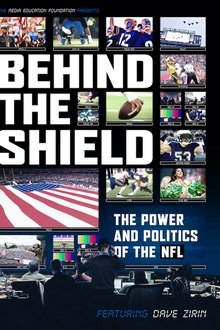
Behind the Shield: The Power and Politics of the NFL (2022)
Celebrated author and Nation magazine sports editor Dave Zirin tackles the myth that the NFL was somehow free of politics before Colin Kaepernick and other Black NFL players took a knee.
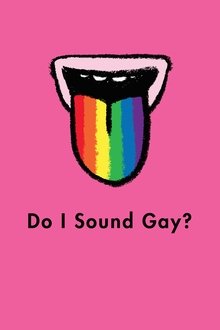
Do I Sound Gay? (2015)
What makes a voice “gay”? A breakup with his boyfriend sets journalist David Thorpe on a quest to unravel a linguistic mystery.

Harry Styles: The Finishing Touch (2023)
Hit after hit, pop-icon Harry Styles, once the centerpiece of the world's biggest boy bands has grown into someone who isn't afraid of self-expression, continuing to reject the traditional confines of masculinity.
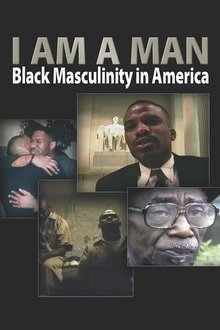
I Am a Man: Black Masculinity in America (1998)
Award-winning filmmaker Byron Hurt explores what it means to be a Black man in America. Traveling to more than fifteen cities and towns across the country, Hurt gathers reflections on Black masculinity from men and women of a variety of socioeconomic backgrounds and a host of leading scholars and cultural critics. What results is an engaging and honest dialogue about race, gender, and identity in America. Features bell hooks, Michael Eric Dyson, John Henrick Clarke, Kevin Powell, Andrew Young, Dr. Alvin Poussaint, MC Hammer, Jackson Katz, and many others.

A Queer City (2020)
A documentary following three young nascent drag artists as they navigate a rising queer scene in Norwich City - a place wherein they express their queerness and identities freely through performance, visual artistry, and community.
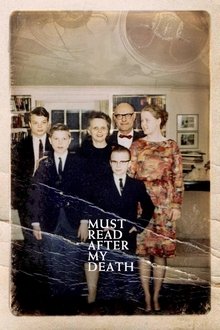
Must Read After My Death (2007)
A grandmother dies and leaves behind hours of secret film and audio recordings as well as an envelope with the words “Must read after my death,” which reveal a dark history for her family to discover.

We Are Here (2019)
Family comes in many shapes and sizes. And this family are bound by the urge to make change. This film follows individuals from an international order of queer nuns as they live their lives, just a little larger than most. The Sisters of Perpetual Indulgence stand proudly across the globe as a beacon of self-acceptance and self-expression, but not everyone agrees with their message. The judgement they face may be challenging but their intentions are clear: to spread joy, end stigmatic guilt and do it all in a habit.

The Great American Lie (2020)
Examines how a US value system built on the extreme masculine ideals of money, power and control has glorified individualism, institutionalized inequality, and undermined the ability of most Americans to achieve the American Dream.

No Way Back: The Reality of Gender-Affirming Care (2023)
Six young people discuss the "gender affirming" medical care they received for gender dysphoria and how they subsequently came to believe this was the wrong treatment.

Brothers of the Night (2016)
Soft boys by day, kings by night. The film follows a group of young Bulgarian Roma who come to Vienna looking for freedom and a quick buck. They sell their bodies as if that's all they had. What comforts them, so far from home, is the feeling of being together. But the nights are long and unpredictable.
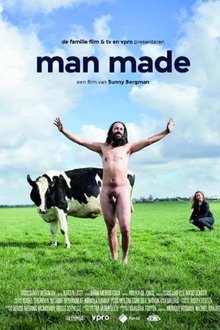
Man Made (2019)
In Man Made, Sunny tries to find out what society's ideas regarding masculinity entails. Does testosteron define your masculinity? Can men be victims? And do men suffer under these ideas? In the twentieth century, feminists have fought for the freedom of women and subsequently their emancipation. Is now the time for the emancipation of men, are they next to be set free?
